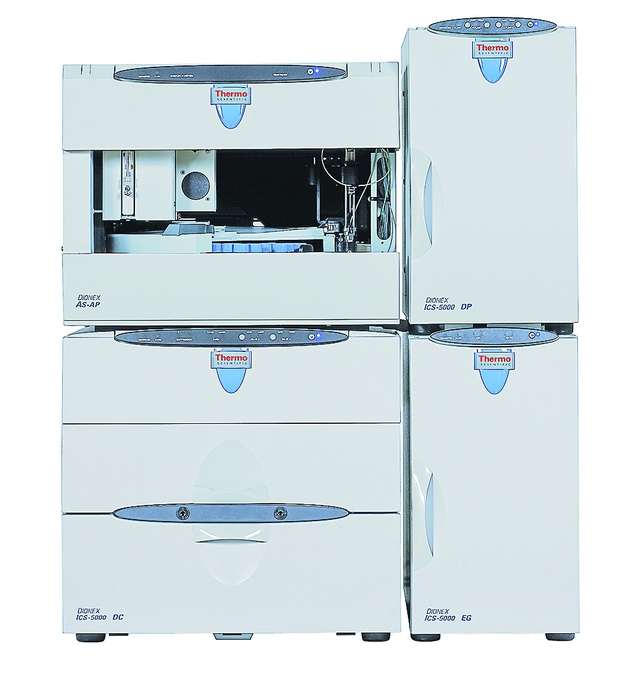Advertisement
Grab your lab coat. Let's get started
Welcome!
Welcome!
Create an account below to get 6 C&EN articles per month, receive newsletters and more - all free.
It seems this is your first time logging in online. Please enter the following information to continue.
As an ACS member you automatically get access to this site. All we need is few more details to create your reading experience.
Not you? Sign in with a different account.
Not you? Sign in with a different account.
ERROR 1
ERROR 1
ERROR 2
ERROR 2
ERROR 2
ERROR 2
ERROR 2
Password and Confirm password must match.
If you have an ACS member number, please enter it here so we can link this account to your membership. (optional)
ERROR 2
ACS values your privacy. By submitting your information, you are gaining access to C&EN and subscribing to our weekly newsletter. We use the information you provide to make your reading experience better, and we will never sell your data to third party members.
Chemical Sensing
Multipurpose magnetic stir bar monitors reactions
A low-cost smart stirrer takes real-time measurements and transfers the data wirelessly
by Raleigh McElvery, special to C&EN
July 29, 2020
| A version of this story appeared in
Volume 98, Issue 30
A smart magnetic stir bar puts a new spin on a classic research tool (ACS Sens. 2020, DOI: 10.1021/acssensors.0c00720). In addition to mixing reagents, it tracks multiple physical properties—including temperature, conductivity, color, opaqueness, stirring rate, and viscosity—and transmits the data wirelessly via Bluetooth from within the solution.

External sensors used to monitor chemical reactions in the lab often measure just one parameter and can introduce contamination because they must penetrate the wall of the reaction vessel. Because magnetic stirrers are needed everywhere, says study coauthor Nikolay Cherkasov of the University of Warwick, he and his colleagues decided to make one that could glean additional information. The new stir bar consists of stackable sensor boards housed inside a 3-D printed capsule that’s just slightly larger than a conventional magnetic stirrer. It’s easy to operate and configure, costs less than $20 to produce, and can collect data continuously for more than 100 h. One commercially available system that measures fewer properties costs about $2,000.
The team tested two versions of the device: an easy-to-program option for teaching purposes and a more advanced one for lab and industrial use. They found that both versions performed comparably to standard methods for gauging temperature, color, conductivity, response time, and viscosity.
The hardware and software platform is freely available online, and the device can be customized by varying parameters from sensor type to sampling rate. The researchers intend to broaden the stirrer’s –40 to 85 °C temperature range and develop prototypes that would help keep reaction conditions consistent and make experiments more reproducible.





Join the conversation
Contact the reporter
Submit a Letter to the Editor for publication
Engage with us on Twitter